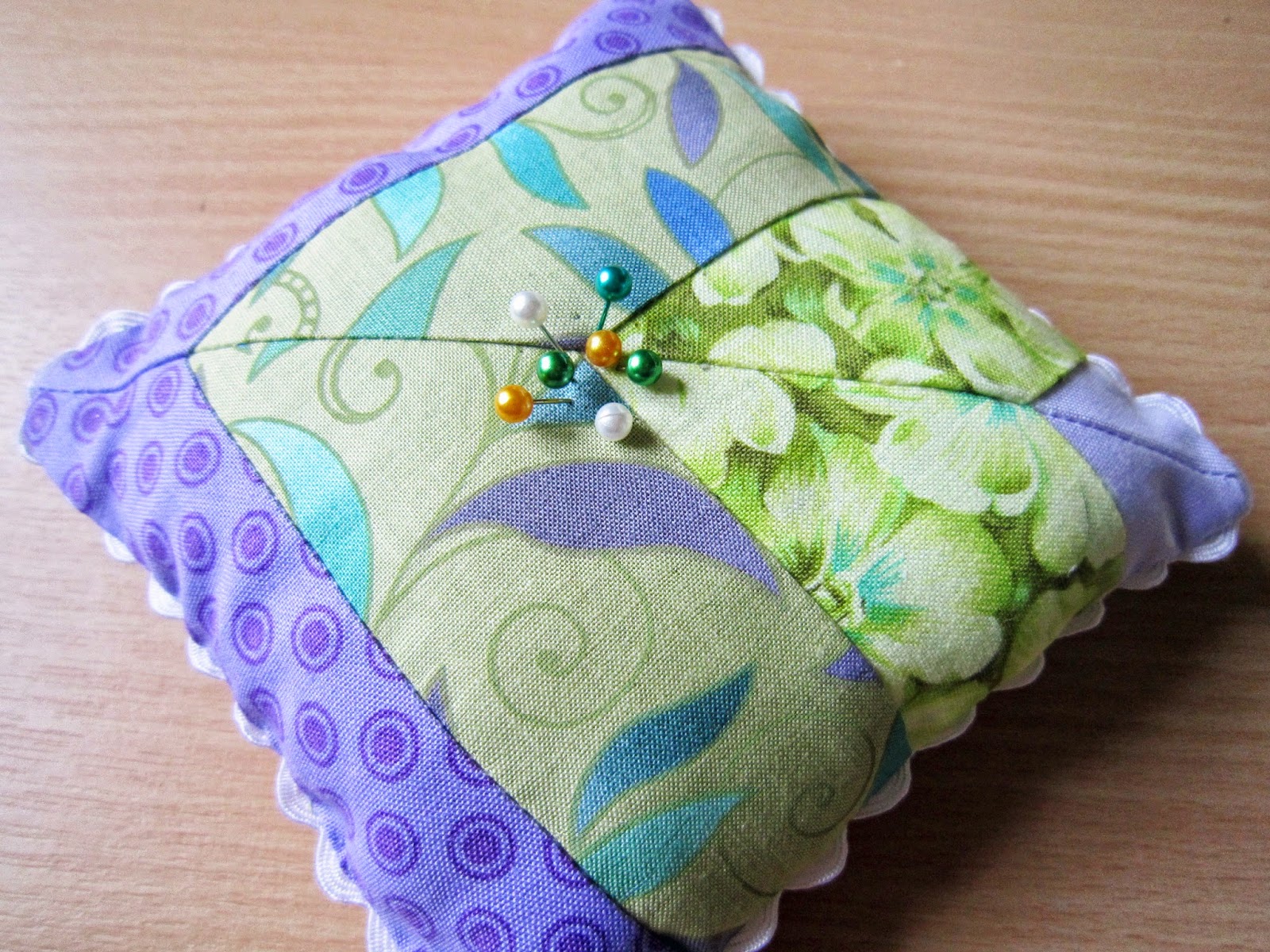 The second Big Bag is finished and I am now calling it a Craft Sack as that is what it looks like!
The second Big Bag is finished and I am now calling it a Craft Sack as that is what it looks like!Very substantial and big enough to carry a cutting board and lots of rulers, equipment and fat quarters.
It takes a while and needs some wheedling to go into the sewing machine at times as well as plenty of room around the machine but worth it in the end.
A comprehensive worksheet is written up with blow by blow instructions for those who want to make the bag.
I have Fast-2-Fuse available for £7.50 for a 22" X 22" square which is the size needed for this bag.
 My next goal is to finish the Scrap House Quilt so that those who want to do that have something tangible to look at.
My next goal is to finish the Scrap House Quilt so that those who want to do that have something tangible to look at.I have been thinking about the 'Arts' content of our sessions and have some ideas which I hope will be exciting and interesting.
 Already mentioned to a few people is the block printing idea which can be the basis for making some insulated placemats (or table runner). Nothing to show you on that at present but I have some beautiful print blocks and paints and already invested in the insulated wadding at a competitive price when I was at the Quilt show.
Already mentioned to a few people is the block printing idea which can be the basis for making some insulated placemats (or table runner). Nothing to show you on that at present but I have some beautiful print blocks and paints and already invested in the insulated wadding at a competitive price when I was at the Quilt show.A second project idea is to put photos or drawn images on to fabric using Transfer Artists Paper and then incorporating it into a sewn item which is then decorated in various ways e.g. a cushion, apron, wall art, folder cover or even a small book of images for a young child.
Let me know if you have other ideas or aspirations.
PS: If you have any casing strip left over when you get to the finishing part of your bag keep it safe because I will circulate a mini project for using the left over pieces.
































